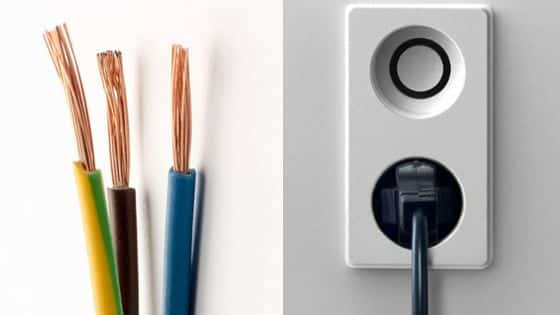Anatomy drawing reference is an essential tool for artists who want to create realistic and accurate depictions of the human body. Understanding anatomy is crucial to creating believable characters and figures, and a strong foundation in anatomy drawing can lead to more advanced techniques and styles.
Basic drawing techniques such as proportion, shading, and line work are necessary for creating a solid foundation in anatomy drawing. Artists must also have a good understanding of the skeletal and muscular systems of the human body, as well as the proportions of different body parts. Drawing hands and feet can be particularly challenging, and artists must practice and observe these areas to improve their skills.
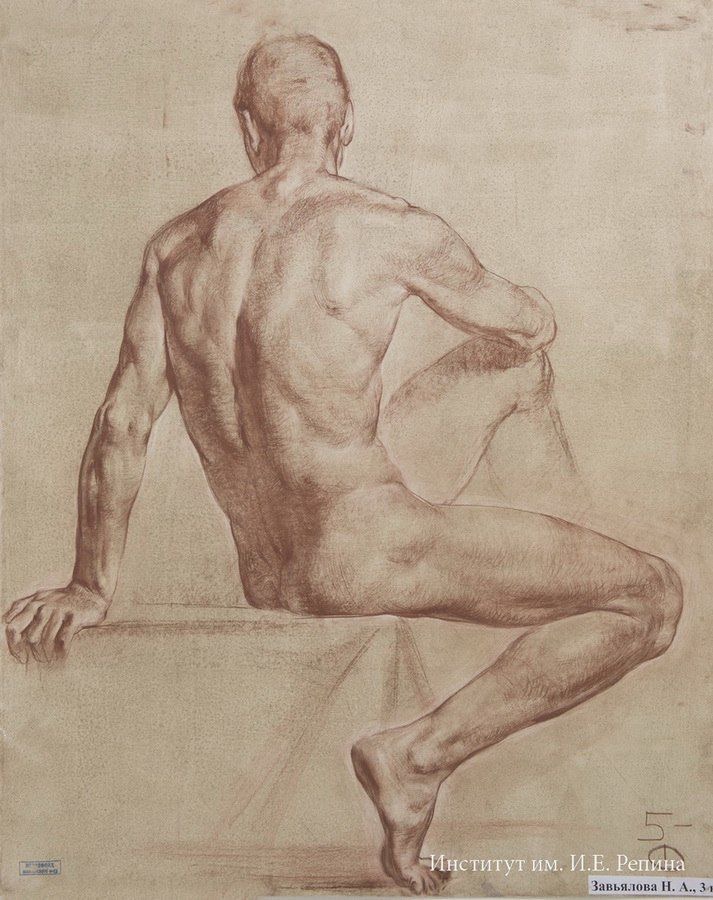
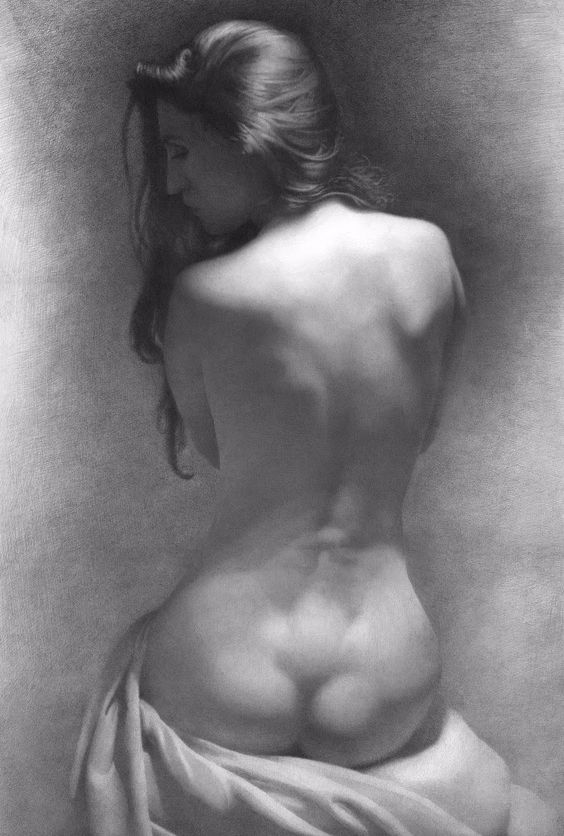
There are many resources available for artists looking to improve their anatomy drawing skills, including books, online tutorials, and reference images. With practice and dedication, artists can develop their skills and create stunning works of art that accurately depict the human form.
Key Takeaways
- Understanding anatomy is crucial for creating realistic and accurate depictions of the human body in art.
- Basic drawing techniques, such as proportion and line work, are necessary for creating a strong foundation in anatomy drawing.
- Resources such as books, online tutorials, and reference images are available to help artists improve their anatomy drawing skills.
Understanding Anatomy
Anatomy is the study of the structure and organization of living organisms. It is an essential subject for artists who want to draw realistic figures. Understanding human anatomy is crucial for artists who want to create accurate and believable human figures. Similarly, animal anatomy is important for artists who want to draw realistic animals.
Human Anatomy
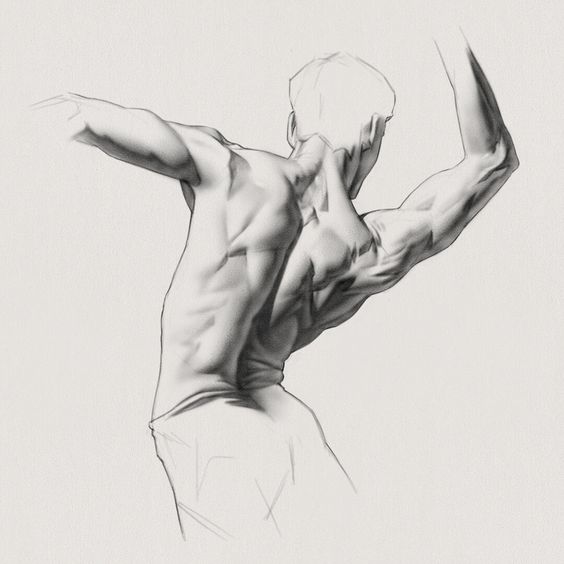
Human anatomy refers to the study of the structure and organization of the human body. It includes the study of the bones, muscles, and other structures that make up the human body. Understanding human anatomy is essential for artists who want to create realistic human figures.
The human skeleton provides the framework for the body and is composed of bones. Each bone has a specific shape and function. The ribcage, for example, protects the heart and lungs. Understanding bone structure is important for artists who want to create accurate human figures.
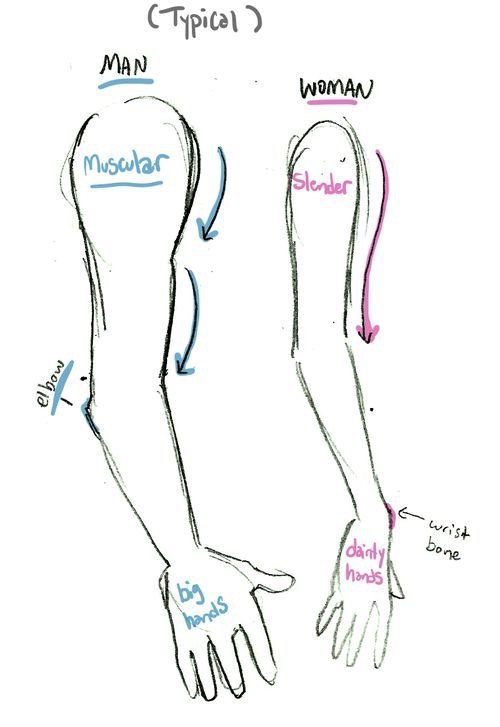
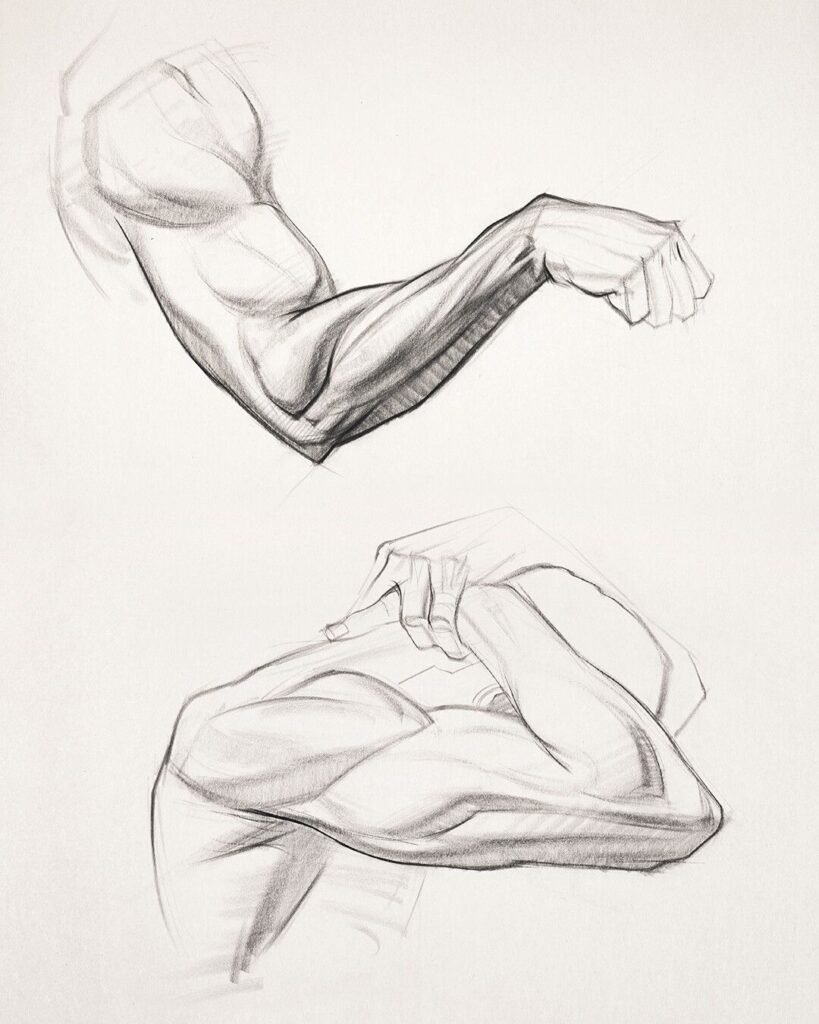
Muscles are another important aspect of human anatomy. They are responsible for movement and give the body its shape. There are over 600 muscles in the human body, each with a specific function. Understanding the structure of muscles is important for artists who want to create realistic human figures.
Animal Anatomy
Animal anatomy is the study of the structure and organization of animals. It includes the study of the bones, muscles, and other structures that make up animals. Understanding animal anatomy is important for artists who want to create realistic animal figures.
The skeleton of animals provides the framework for the body and is composed of bones. Each bone has a specific shape and function. Understanding bone structure is important for artists who want to create accurate animal figures.
Muscles are another important aspect of animal anatomy. They are responsible for movement and give the body its shape. Understanding the structure of muscles is important for artists who want to create realistic animal figures.
Basic Drawing Techniques

When it comes to drawing human anatomy, it is important to start with basic shapes and lines. This helps to create a foundation for the drawing and allows the artist to build upon it with more detail and complexity. One of the most basic shapes used in anatomy drawing is the circle. This shape is often used as a starting point for the head and other rounded parts of the body.
Another important basic shape is the rectangle. This shape is used to represent the torso and limbs. By breaking down the body into these simple shapes, the artist can more easily establish the proportions and overall structure of the figure.

Vertical lines are also a key element in anatomy drawing. These lines help to establish the center of gravity and balance of the figure. By drawing vertical lines through the head, torso, and legs, the artist can ensure that the figure is properly balanced and proportioned.
Tone is another important aspect of anatomy drawing. Tone refers to the lightness or darkness of a particular area of the drawing. By using tone, the artist can create depth and dimensionality in the figure. This can be achieved through shading, hatching, or cross-hatching.
Overall, basic drawing techniques form the foundation of anatomy drawing. By starting with basic shapes and lines, and incorporating tone and other elements, the artist can create a realistic and accurate representation of the human figure.
How to Draw Human Anatomy: Torso, Limbs & Face.


Anatomy drawing is a crucial skill for artists who want to create realistic and believable human figures. It involves studying the human body’s structure and proportions to create accurate and lifelike representations. In this section, we will cover some essential tips and techniques for drawing the torso, limbs, and face.
Drawing the Torso
The torso is the central part of the human body, consisting of the chest, abdomen, and back. When drawing the torso, it’s important to understand the underlying structure of the ribcage, spine, and pelvis. Artists should also pay attention to the body’s proportions, such as the length of the torso compared to the limbs and the width of the shoulders compared to the hips.
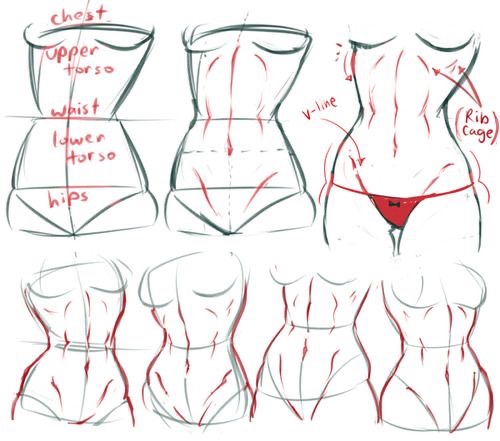
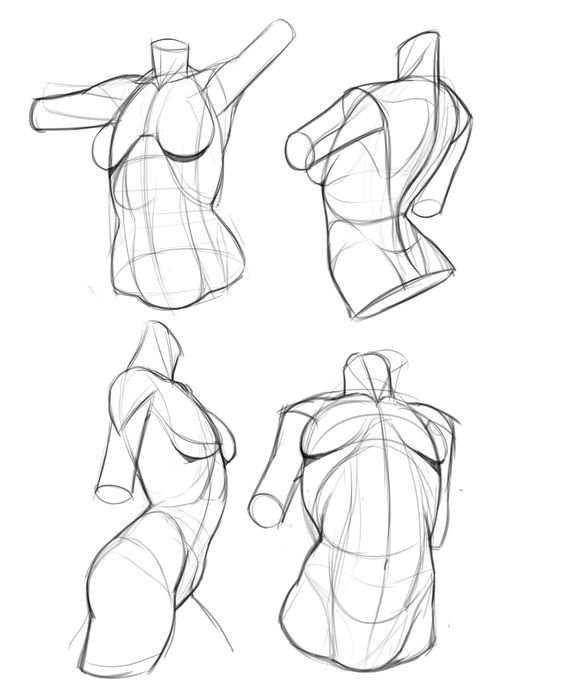
One useful technique for drawing the torso is to break it down into simple shapes. For example, the ribcage can be represented by a box-like shape, while the pelvis can be represented by a triangular shape. By simplifying the forms, artists can more easily capture the body’s overall proportions and structure.
Drawing the Limbs
The limbs include the arms and legs, which are essential for creating dynamic and expressive poses. When drawing the limbs, it’s important to understand the underlying bone and muscle structure, as well as the joints’ range of motion.


One useful technique for drawing the limbs is to use reference images or models. This can help artists understand how the limbs look and move in different positions, which can be challenging to capture from imagination alone. Additionally, practicing gesture drawing can help artists capture the limbs’ dynamic movements and fluidity.
Drawing the Face
The face is one of the most expressive and challenging parts of the human body to draw. It’s important to understand the underlying bone and muscle structure, as well as the proportions of the features.


One useful technique for drawing the face is to break it down into simple shapes, such as circles and triangles. This can help artists capture the overall proportions of the face and place the features in the correct position. Additionally, practicing drawing individual features, such as the eyes, nose, and mouth, can help artists improve their accuracy and detail.
In conclusion, anatomy drawing is a crucial skill for artists who want to create realistic and believable human figures. By understanding the body’s structure and proportions and practicing regularly, artists can improve their skills and create more dynamic and expressive drawings.
Proportions in Anatomy Drawing
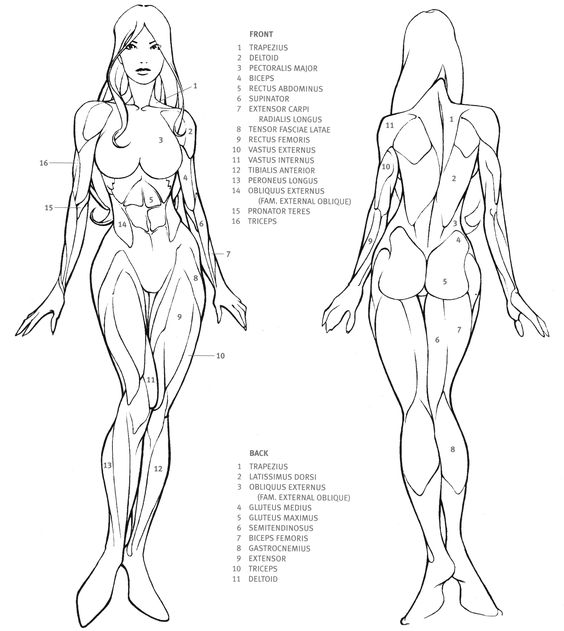
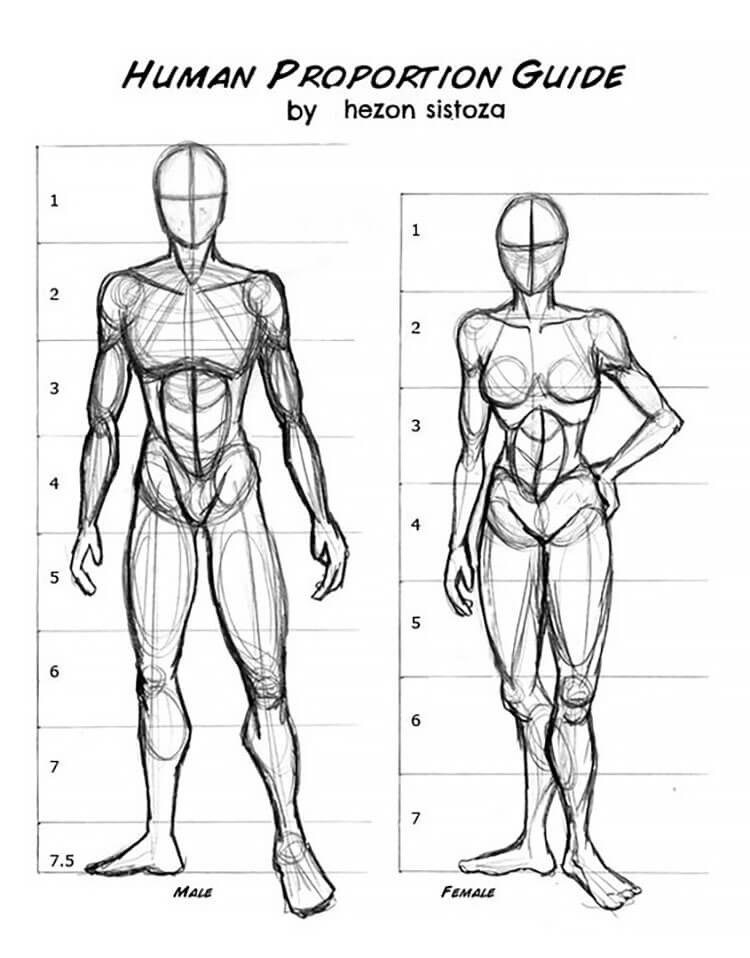
Anatomy drawing is an essential skill for any artist who wants to create realistic human figures. Understanding the proportions of the human body is crucial to create accurate drawings. In this section, we will discuss the basic proportions of the male and female anatomy.
Male Anatomy Proportions
The proportions of the male figure are different from those of the female figure. The average height of an adult male is about 5’9″, and the figure is generally more muscular and angular than the female figure. The proportions of the male figure are typically measured in “heads.”
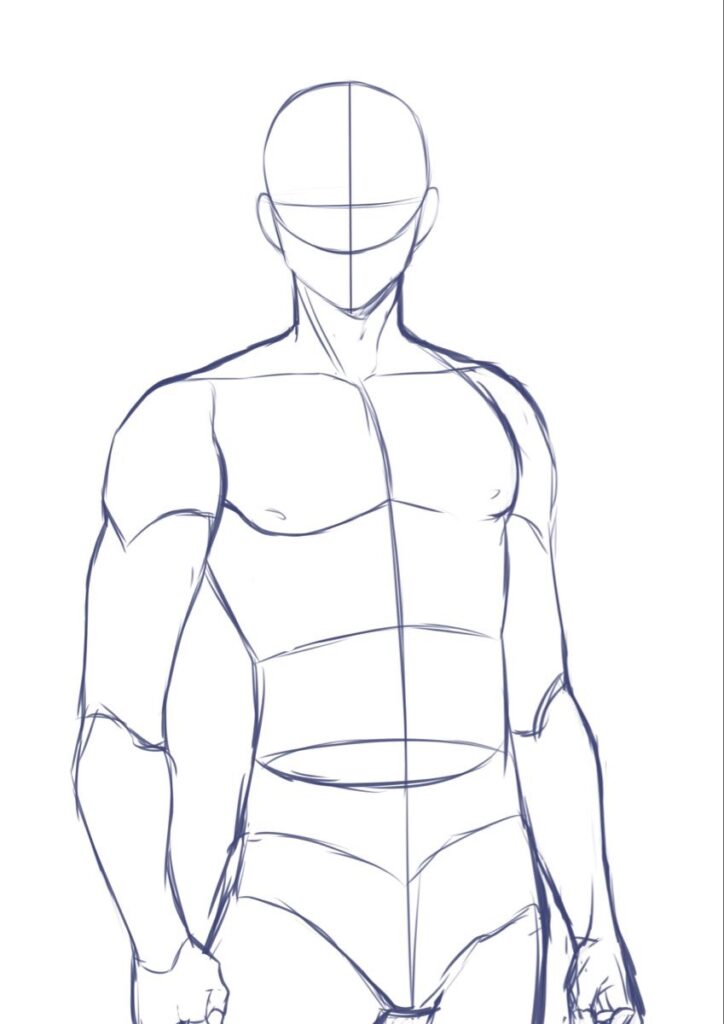
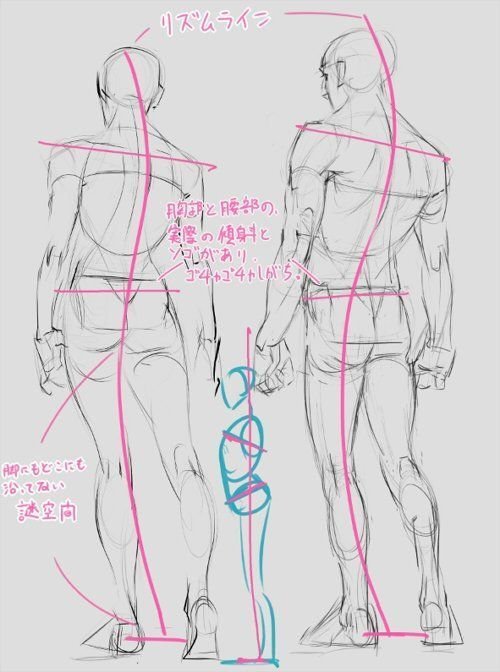
The head-to-body ratio of a male figure is generally around 1:7. This means that the height of the male figure is approximately seven times the height of the head. The shoulder width is typically 2.5 heads wide, and the waist is around 1.5 heads wide. The legs are usually around 4 heads tall, and the arms are around 3 heads long.
Female Anatomy Proportions
The proportions of the female figure are different from those of the male figure. The average height of an adult female is about 5’4″, and the figure is generally more curvaceous and rounded than the male figure. The proportions of the female figure are also typically measured in “heads.”
The head-to-body ratio of a female figure is generally around 1:6. This means that the height of the female figure is approximately six times the height of the head. The shoulder width is typically 2 heads wide, and the waist is around 1 head wide. The legs are usually around 3.5 heads tall, and the arms are around 2.5 heads long.


Understanding the proportions of the male and female anatomy is crucial to create accurate and realistic drawings. By using these basic guidelines as a starting point, artists can create figures that are anatomically correct and visually appealing.
Drawing Hands and Feet
When it comes to drawing human figures, hands and feet can be some of the most difficult parts to get right. However, with some practice and the right techniques, anyone can learn to draw them accurately.
One important thing to keep in mind when drawing hands and feet is the underlying anatomy. Understanding the bones and muscles that make up these body parts can help you create more realistic and dynamic drawings.


One technique for drawing hands is to break them down into basic shapes, such as rectangles for the palm and fingers, and circles for the joints. From there, you can add details like knuckles, nails, and wrinkles to make the hand look more realistic. This tutorial from Envato Tuts+ provides a step-by-step guide for drawing hands.
Feet can be similarly broken down into basic shapes, such as ovals for the toes and a rectangle for the foot itself. This tutorial from Envato Tuts+ provides a more detailed breakdown of foot anatomy and tips for drawing them accurately.
Another helpful resource for drawing hands and feet is the SketchDaily Reference Site. This site provides a variety of reference images for hands, feet, and other body parts, which can be useful for practicing and improving your drawing skills.
Overall, drawing hands and feet can be challenging, but with practice and a solid understanding of anatomy, anyone can learn to draw them accurately and realistically.
Musculature and Anatomy
When it comes to drawing the human body, understanding the musculature and anatomy is essential. Muscles are responsible for movement and give the body its shape, so it’s important to have a good grasp of their form and function.
One useful tool for artists is muscle anatomy reference charts. These charts provide detailed illustrations of the muscles and their attachments, allowing artists to accurately depict their shape and position. Kenhub offers a free PDF download of muscle anatomy charts, which cover regions such as the anterior and posterior forearm muscles.
Another important aspect of drawing anatomy is understanding how the muscles work together to create movement. Skillshare offers a step-by-step guide to drawing anatomy, which emphasizes the importance of understanding each muscle’s function and how it affects the body’s overall movement and positioning.
While muscle anatomy reference charts and guides are helpful, it’s also important to practice drawing from life. Observing the human body and its movements can help artists develop a better understanding of musculature and anatomy. Additionally, using a variety of drawing techniques such as shading and cross-hatching can help convey the form and texture of muscles.
Overall, understanding the musculature and anatomy is crucial for artists looking to accurately depict the human body. By utilizing muscle anatomy reference charts, studying muscle function, and practicing drawing from life, artists can develop a strong foundation in anatomy drawing.
Practice and Observation
To draw the human anatomy accurately, an artist must practice drawing from reference material regularly. Drawing from a live model is the best way to learn the human anatomy, but this may not always be possible. In such cases, an artist can use photographs or videos as reference material. The key is to use high-quality reference material that shows the human anatomy in detail.
Observation is also an important part of learning the human anatomy. An artist must observe the human body in different positions, lighting conditions, and angles. This will help them understand how the human body moves and how the muscles and bones work together. An artist can also observe their own body in a mirror or take photographs of themselves to use as reference material.
When practicing drawing the human anatomy, an artist must focus on one part of the body at a time. For example, they may start by practicing drawing the hands or feet. This will help them understand the structure and proportions of each body part. An artist can also use anatomical diagrams and charts to learn about the different muscles and bones in the human body.
Overall, practice and observation are essential for learning how to draw the human anatomy. By practicing regularly and observing the human body in detail, an artist can improve their drawing skills and create more realistic and accurate drawings.
Resources for Anatomy Drawing
When it comes to learning anatomy drawing, there are plenty of resources available. Here are some useful resources for anatomy drawing that can help artists of all levels improve their skills.
Books and Tutorials
One of the best ways to learn anatomy drawing is through books and tutorials. There are many great anatomy books available that can help artists understand the human body and how to draw it accurately. Some of the most popular anatomy books include “Anatomy for the Artist” by Sarah Simblet, “Atlas of Human Anatomy for the Artist” by Stephen Rogers Peck, and “Human Anatomy for Artists” by Eliot Goldfinger.
In addition to books, there are also many tutorials available online. One of the most popular tutorial series is by Proko, an artist and teacher who offers a range of free and paid tutorials on anatomy drawing. His tutorials cover everything from the basics of anatomy to more advanced topics like muscle structure and movement.
Online Platforms
Another great resource for anatomy drawing is online platforms like ArtStation and ArtStation Marketplace. ArtStation is a community of artists who share their work and inspiration, while ArtStation Marketplace offers a range of resources for artists, including reference images and 3D models.
There are also many other online platforms that offer reference images and other resources for anatomy drawing. For example, YourArtPath offers a list of free pose reference sites that artists can use to practice figure drawing online. Body Kun Dolls also offers a range of drawing reference sources that artists can use to improve their skills.
In conclusion, there are many resources available for artists who want to learn anatomy drawing. Whether you prefer books, tutorials, or online platforms, there is something out there for everyone. By using these resources, artists can improve their skills and create more accurate and realistic drawings.
Character Art and Anatomy

Character art is a visual representation of a character in a story or game. It is a vital aspect of character design, and it requires an understanding of anatomy to create a believable and realistic character. Drawing a character accurately requires an understanding of the human body’s proportions, muscles, and bones.
Anatomy is the study of the structure and function of living organisms’ body parts. For character artists, studying human anatomy is essential to create believable and realistic characters. An understanding of anatomy helps in creating characters with the correct proportions, muscle definition, and movement.
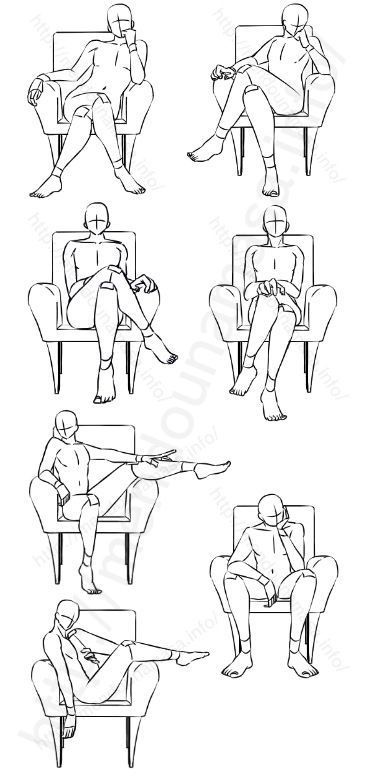
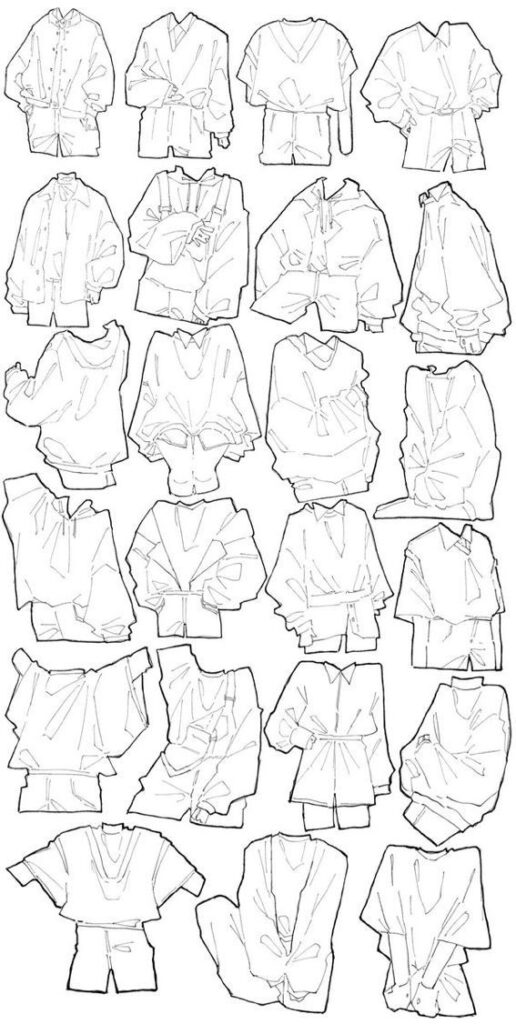
To draw a character accurately, a character artist must have a solid understanding of human anatomy. It is crucial to have a good understanding of the skeletal structure, muscles, and how they work together to create movement. A character artist must also understand the proportions of the human body and how they vary based on age, gender, and body type.
There are many resources available to character artists to help them study anatomy. Some of these resources include books, online tutorials, and videos. Online resources such as PoseMy.Art and Character Design References offer a quick way to access an extensive collection of model sheets, concept artworks, sketches, and tutorials from established and promising artists working in animation, movies, games, illustration, and comics.
In conclusion, anatomy is a crucial aspect of character art. A character artist must have a solid understanding of human anatomy to create believable and realistic characters. Studying anatomy is an ongoing process, and character artists must continue to learn and improve their skills to create the best possible characters.
Advanced Techniques
To take anatomy drawing to the next level, artists can use advanced techniques such as 3D modeling and sculpting. These techniques allow artists to create detailed models of the human body, which can be used as references for drawing.
3D modeling involves creating a digital model of the human body using software such as Blender or ZBrush. This technique allows artists to create detailed models of the human body from different angles, which can be used as references for drawing. Sculpting, on the other hand, involves creating a physical model of the human body using materials such as clay or wax. This technique allows artists to create a tactile reference that they can touch and manipulate, which can be especially helpful for understanding the three-dimensional nature of the human body.
Another advanced technique for anatomy drawing is to use a variety of drawing materials and techniques. This can include using different types of pencils, such as soft and hard leads, to create different textures and shades. Artists can also experiment with different drawing techniques, such as cross-hatching and stippling, to create different effects.
In addition to these techniques, artists can also use reference books and online resources to help them improve their anatomy drawing skills. Reference books can provide detailed information about the human body, including its muscles, bones, and organs. Online resources, such as SketchDaily Reference Site [1], can provide artists with a wide range of reference images and tutorials to help them improve their skills.

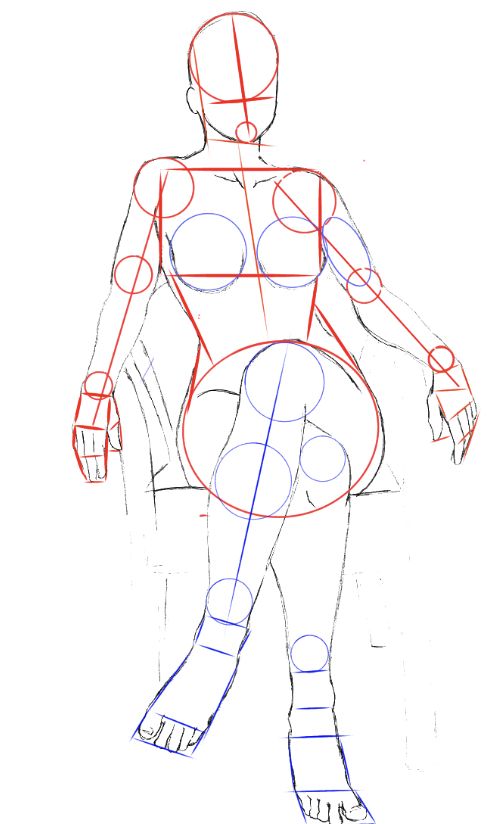
Overall, advanced techniques can be helpful for artists who want to take their anatomy drawing skills to the next level. By using 3D modeling and sculpting, experimenting with different drawing materials and techniques, and using reference books and online resources, artists can improve their understanding of the human body and create more accurate and detailed drawings.
Frequently Asked Questions

Where can I find high-quality anatomy drawing references online?
There are many websites that offer high-quality anatomy drawing references for free or for a fee. Some popular websites include Proko, New Masters Academy, and Posemaniacs. These websites offer a variety of reference images, videos, and tutorials that can help artists improve their anatomy drawing skills.
What are some recommended anatomy drawing books for beginners?
There are several anatomy drawing books that are highly recommended for beginners. Some popular options include “Anatomy for the Artist” by Sarah Simblet, “Atlas of Human Anatomy for the Artist” by Stephen Rogers Peck, and “Drawing the Head and Figure” by Jack Hamm. These books provide detailed information on human anatomy and offer step-by-step instructions on how to draw the human figure.
What are some anatomy reference poses for figure drawing?
There are many different anatomy reference poses that can be used for figure drawing. Some common poses include standing, sitting, kneeling, and lying down. It’s important to choose poses that are appropriate for the type of drawing or painting being created and to ensure that the pose accurately represents the intended subject.
What are some tips for using anatomy drawing references effectively?
When using anatomy drawing references, it’s important to choose references that are accurate and high-quality. It’s also important to study the references carefully and to pay attention to details such as muscle structure, bone structure, and proportions. Additionally, it’s important to practice drawing from references regularly in order to improve skills and develop a better understanding of human anatomy.
How can I improve my anatomy drawing skills using references?
One of the best ways to improve anatomy drawing skills using references is to practice regularly. It’s also important to study the references carefully and to pay attention to details such as muscle structure, bone structure, and proportions. Additionally, it can be helpful to take classes or workshops that focus specifically on anatomy drawing.
What are some common mistakes to avoid when using anatomy drawing references?
One common mistake when using anatomy drawing references is to rely too heavily on the reference and not use creative interpretation. It’s also important to avoid copying the reference exactly and to instead use it as a guide for creating a unique and original piece of art. Additionally, it’s important to avoid using low-quality or inaccurate references, as this can lead to incorrect anatomy and poor drawing skills.
- 12.1Kshares
- Facebook0
- Pinterest12.1K
- Twitter3
- Reddit0












